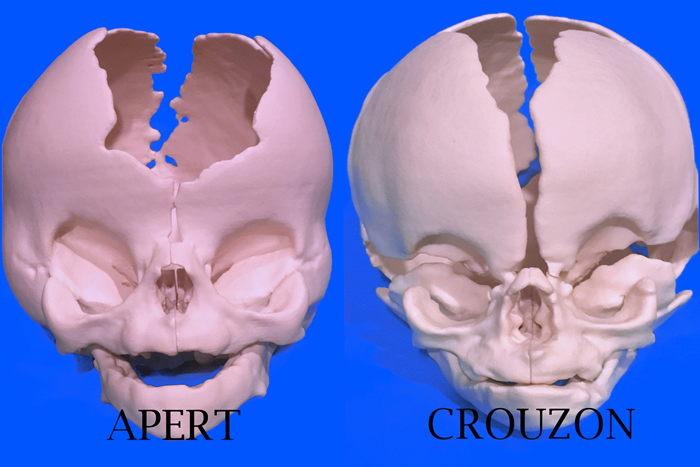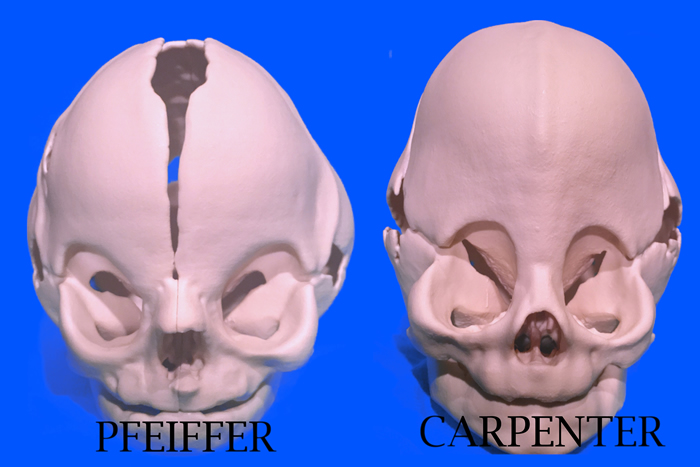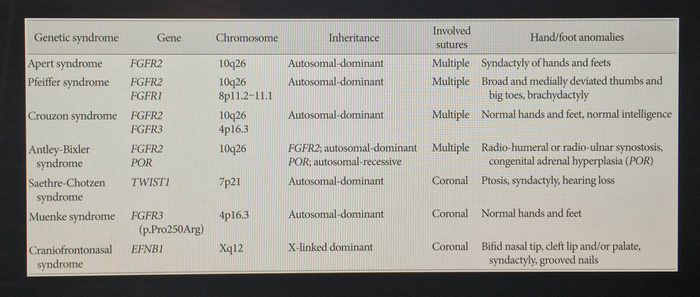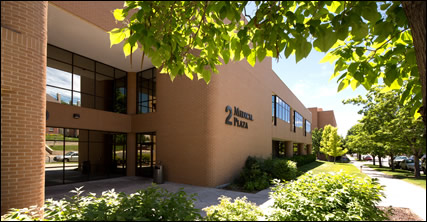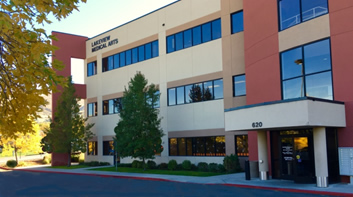Pfeiffer
Pfeiffer was first described as a separate syndrome in 1964 by R.A. Pfeiffer. This is a rare syndrome occurring 1:100,000 births characterized by premature fusion of the skull, abnormally broad and medially deviated thumbs, and great toes. Most have midface hypoplasia, protruding eyes and conductive hearing loss. Pfeiffer syndrome is now known to be a member of a group of conditions caused by mutations in the FGFR genes including Apert Syndrome and Crouzon Syndrome.
The gene is inherited as autosomal dominant and has a 50:50 chance of being passed on by a parent with this syndrome. Although Pfeiffer syndrome is associated with mutations in the different genes, the diagnosis is made on clinical findings.
Clinical Features: Pfieffer syndrome has been divided into three subtypes. Type I is the least severe of the three and involves craniosynostosis with a high full forehead, midface hypoplasia and usually has normal intelligence.
Type II is characterized by a more severe form of craniosynostosis called a cloverleaf skull, with more severe hand and foot anomalies and additional malformations of the limbs. There may be severe restriction of brain growth with increased pressure on the brain, bulging eyes and midface hypoplasia. Treatment of a patient with cloverleaf skull shown in Apert section.
Type III has symptoms and findings similar to the Type II with the exception of the cloverleaf skull deformity. Type II and III may have impaired development and neurological problems that can develop into life threatening problems early in life.
Treatment: Treatment of this syndrome is very complex and should be under the direction of an experienced craniofacial surgeon and team of health care professionals. Treatment is directed toward the specific problems that are present in each of these types. A comprehensive coordinated treatment plan that is customized for each patient is key to a successful outcome. Expansion of the skull to allow room for brain growth is one of the first considerations. The treatment can be similar to Apert syndrome. Discuss the surgical options with your craniofacial surgeon.
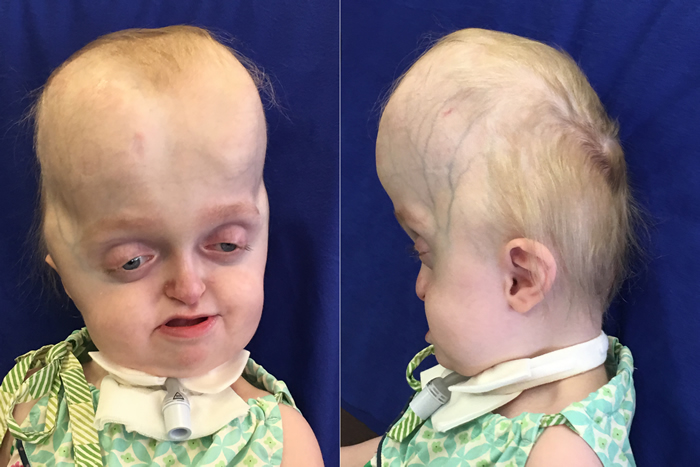
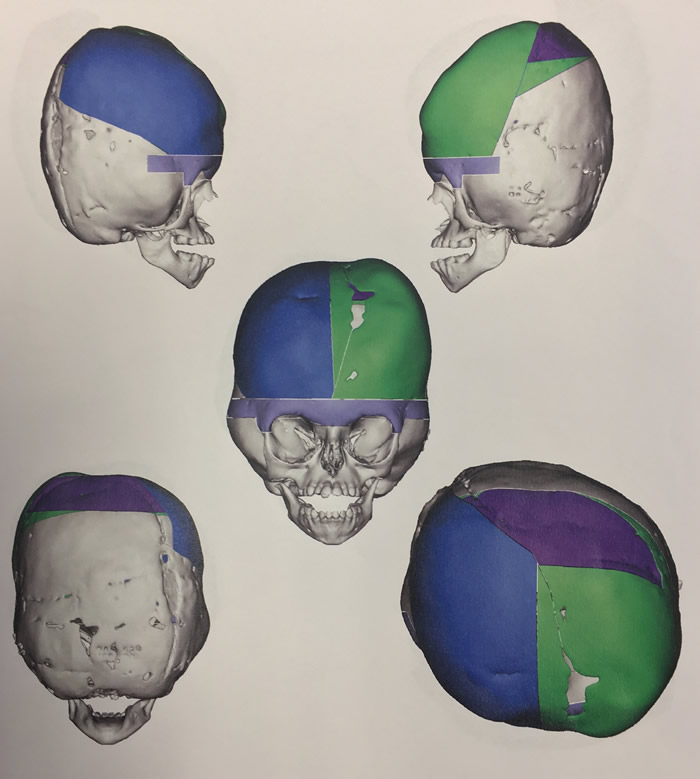
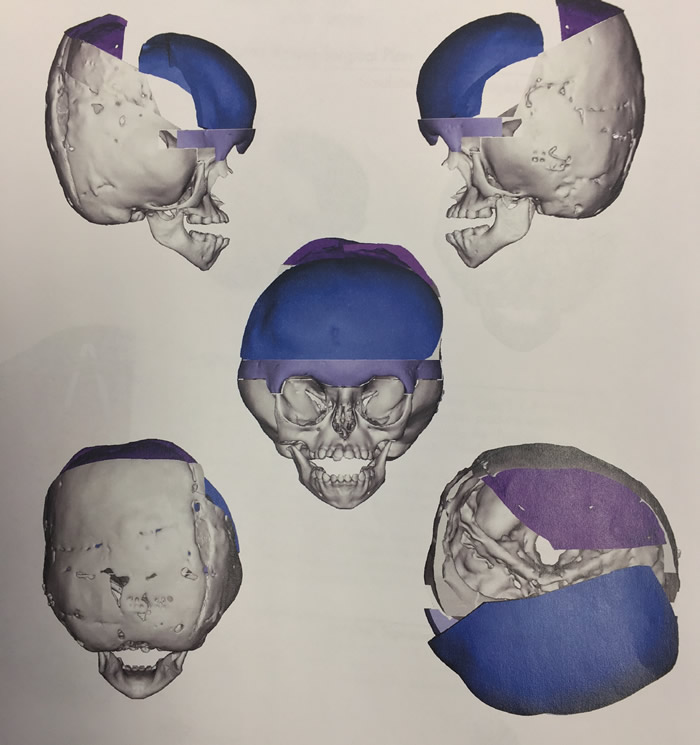
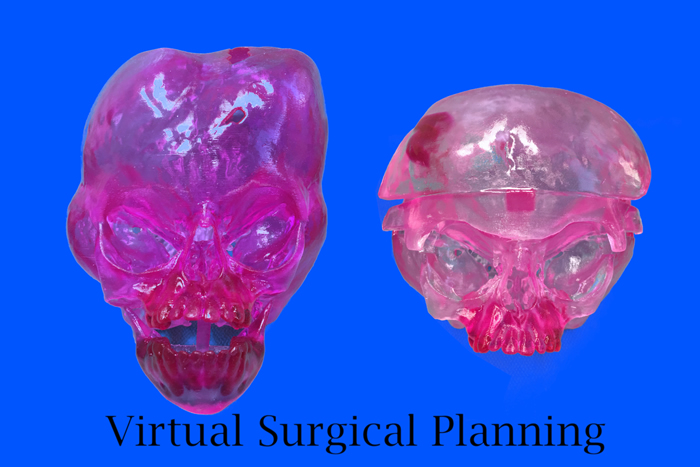
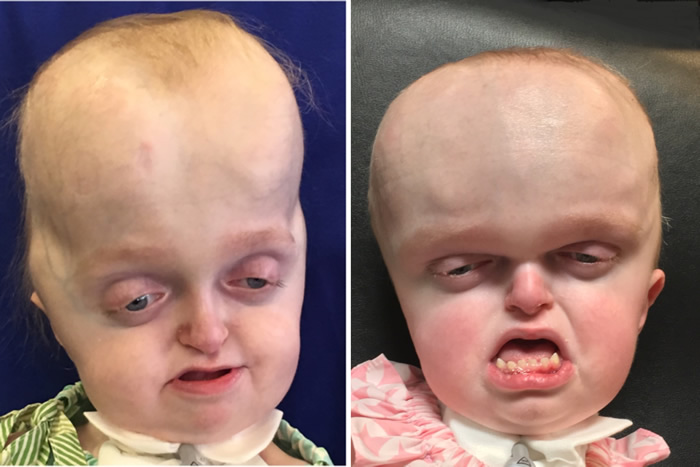
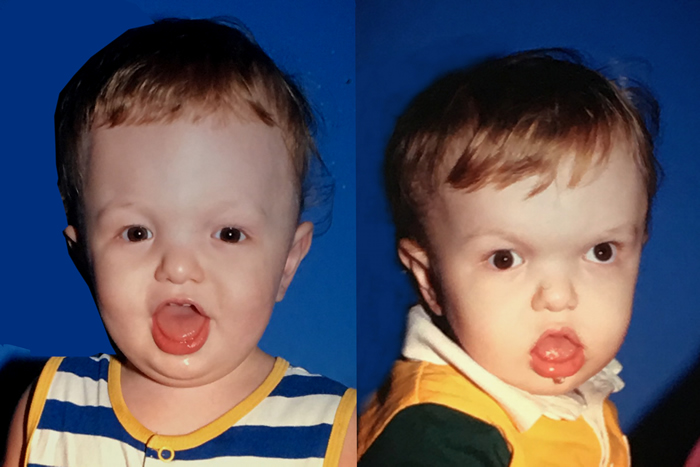
Family of Syndromes: There are a number of different syndromes that have characteristics in common. This falls into the category of related syndromes that include Apert, Crouzon, Pfeiffer, Carpenter and Saethre-Chotzen. Fusion of the cranial sutures is usually a key component. Treatment recommendations can be similar to those discussed in the Apert and Crouzon section. However, treatments are continually changing and improving over time and will vary depending on the severity and particular problems of each patient. Treatment should always be customized to the patient. Discuss the options with your Craniofacial surgeon.
